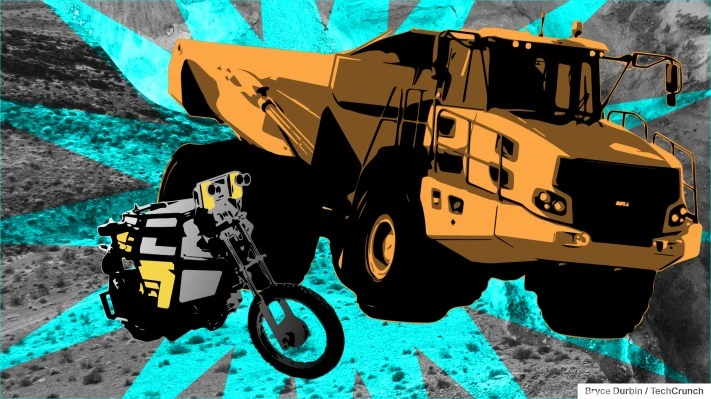Will 2024 (finally) be the year of the autonomous vehicle?
Safety remains the paramount metric for autonomous vehicle deployment, yet there has to be industry consensus on how to adequately measure a robotic or human driver’s safety. © 2023 TechCrunch. All rights reserved. For personal use only.
It’s been two decades since the first driverless motorcycle, Ghostrider, was developed as part of the DARPA Grand Challenge. In 2004, a modified Prius delivered a pizza in San Francisco without a human driver, marking the first driverless car to navigate public streets.
The journey so far
Rapid advances were made, and it was anticipated that autonomous vehicles would become ubiquitous within 10 years. However, progress has been slower than expected. 2024, the 20th anniversary of Ghostrider, may indeed be a pivotal year for autonomous vehicles, particularly for off-road industries.
Advances in off-road industries
Off-road industries, characterized by hazardous conditions and “the three Ds” (dangerous, dull, and difficult), have seen successful deployment of autonomous vehicles. These robots outperform human-driven vehicles in efficiency, speed, and, most importantly, safety.
Commercial benefits
For commercial operations, there are clear incentives for deploying autonomous vehicles in hazardous environments, including increased profits. Companies have deployed autonomous solutions in industries such as agriculture, construction, and mining and have found that robots’ more efficient operations often reduce the environmental impact of these sectors.
Role of tesla
Tesla, a significant player in the autonomous vehicle space, has been using camera-based technology to interpret a robot car’s surroundings. There are expectations that Tesla will complete a cross-country autonomous road trip in 2024, adding to their technological advancements.
Safety metrics and challenges
Measuring safety is a key challenge in autonomous vehicle deployment. Companies estimate safety using varying methodologies, and there is a need for greater industry consensus on these measures to ensure transparency and reliability. Policymakers require more definitive safety data to inform regulations and clearance for broad deployment.
The future of autonomy
Despite ongoing testing and advancements, autonomous systems will likely require backup drivers to ensure safety until they can robustly demonstrate their capabilities. 2024 is expected to mark a shift in the deployment of autonomous vehicles, from demo mode to active usage, ultimately leading us to the future.
Source: techcrunch








No Comments